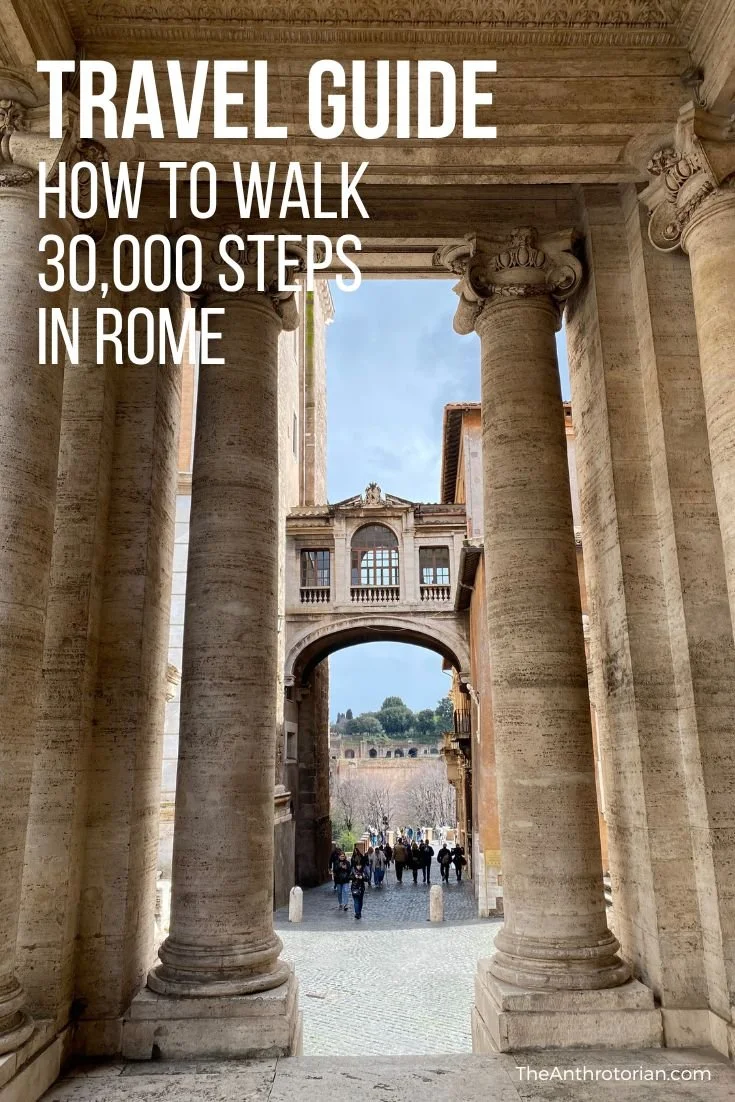As we rode the subway home, trying to balance our ingredients haphazardly on our laps, we realized we had to face the elephant in the room and try to figure out how we were going to bake the pie.
After throwing out ridiculous ideas like making an oven out of a box (clearly a fire hazard) or cooking it on a small BBQ (just a bad idea thrown out in desperation), we decided to try and put ourselves in the hands of one of our local bakeries and their industrial sized ovens.
Once we got back to our apartment, we set our plan in action by calling Wendy — one of the Korean teachers we worked with who had offered us her services as a translator. We were hoping to have her explain our situation — over the phone in Korean — to the people working at our local bakery and then have her ask them if they would be willing to bake the pie for us in one of their ovens.
Like my mom, Wendy laughed for a few minutes and thought we were nuts, but agreed to help us.
Early the next morning, after prepping the pie, we carried it carefully to the closest bakery. Luckily the store’s owner happened to be working and once we had Wendy on the phone, we handed it over to him. After a few tense moments, he laughed and nodded at us, handing back the phone and Wendy confirmed what we had already guessed — he had agreed to help us out! Elated, Michelle and I left our pie in his hands and ran home to start preparing the rest of the meal.
After a long day of non-stop chopping, mixing and cooking, I left to pick up the pie about an hour before our friends arrived.
The minute I walked in the door of the bakery and saw the owner’s nervous face, I knew that something was wrong.
He slowly opened the lid of the white square box that had been sitting on the counter in front of him, and pointed inside at a lumpy mess, shaped sort of like a pie. Not even thinking that it needed to be explained, we hadn’t told him not to take the pie out of the pan when it was done baking. He — of course — had, and as a result the pie had completely fallen apart. Seeing how badly he felt and not wanting to make him feel worse, I gave him my biggest smile, bowed and thanked him warmly a few times before I left with my sad lump of pie.
We recounted our saga, amidst tears and laughter, while serving our sorry looking pie crumble to our surprised friends. When I finally sat down and took a bite of it myself, I was shocked to find that — despite its appearance — it was (and still is to this day) by far the best pumpkin pie that I had ever tasted.
Related Posts







